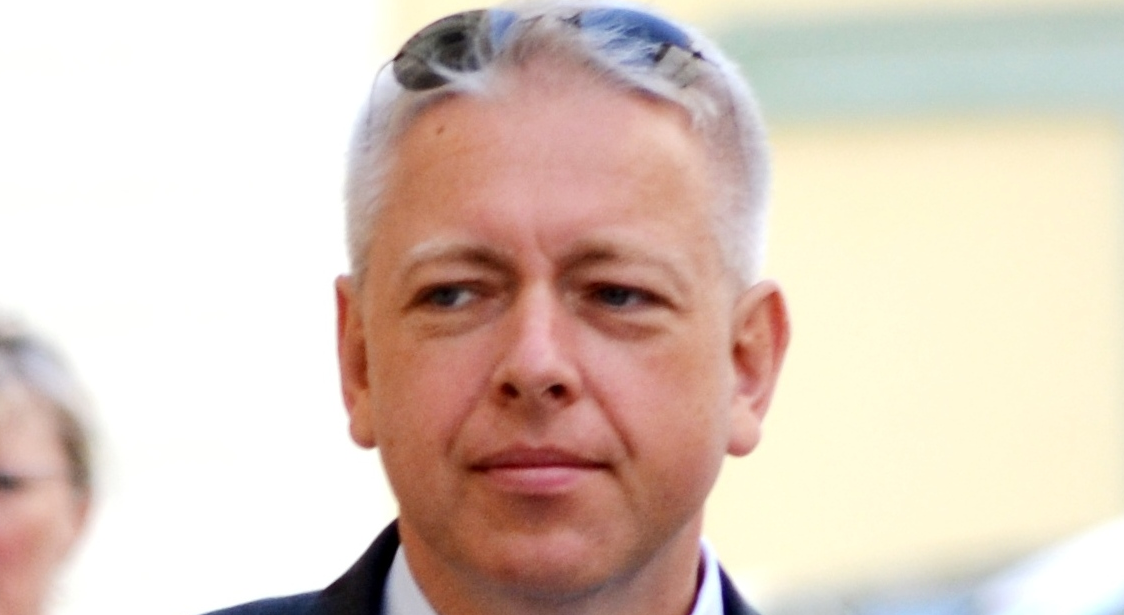Hungary – Hungarian Foreign Minister Péter Szijjártó visited St. Petersburg at the end of August to meet with Gazprom Group CEO Alexei Miller. The two men then agreed on the details of a new long-term contract for the purchase of Russian gas by Hungary, with the one signed in 1995 due to expire at the end of September.
According to Szijjártó, “Hungary’s long-term energy supply is an important component of its national security and sovereignty.” For this reason, Hungary has decided to renew its long-term commitment with Russia and will soon sign a 15-year contract for the purchase of gas from Gazprom, with the possibility of renegotiating the quantity of gas purchased after 10 years.
4.5 billion cubic metres of gas will be supplied to Hungary by two routes: one billion via the Austro-Hungarian border and 3.5 billion via the Serbian–Hungarian interconnection, which is about to be completed.
The supply of gas to Hungary under this new 10+5 contract is expected to start on 1 October and will be at a favourable price. This should enable Hungary to continue its policy of lowering heating costs despite the worldwide upward trend in gas prices, according to Péter Szijjártó.
The signing of this new gas contract comes at a time when increasing quantities of Russian gas are being transported to Europe, notably due to the completion of the Nord Stream 2 pipeline. At the same time, Ukraine is losing its status as a key transit country. In his speech at the opening of the autumn session of parliament on 20 September,
Hungarian Prime Minister Viktor Orbán described Ukraine as an “unstable region” and welcomed the choice of gas transport routes provided for in the new agreement with Gazprom, which routes partly explain the good relations that Budapest and Belgrade have enjoyed for several years.
Meanwhile, on 13 September, Poland announced through its Secretary of State for Energy Infrastructure Piotr Naimski that its supply contract with Gazprom, which will expire at the end of next year, would not be renewed and that it intended to cover its future gas needs without the involvement of Russia. Naimski pointed out that the share of gas in Poland’s energy consumption is set to increase, and that the share of coal will remain on a downward trend. However, Warsaw says it does not want to be “dependent on Russian deliveries” and wants to rely on other sources: the Baltic Pipe which is scheduled to be completed in October 2023, and also Qatari and American liquefied gas (LNG). The Baltic Pipe is a new route for importing Norwegian gas, which until now has been mainly destined for Germany, and the two countries’ competing needs could in turn imply a possible downward revision of the 10 billion cubic metres per year mentioned by Naimski.
In Hungary, the issue of energy supply is much less politicised than in Poland, and the data on meeting gas needs are more reassuring. Indeed, the 4.5 billion cubic metres negotiated by Budapest exceed Hungary’s annual needs by a third, which will protect its market in the event of a harsh winter, while possible conflicts between Germany and Poland over the import of Norwegian gas via the Baltic Pipe could pose problems for Warsaw if Poland really decides to do without a contract with Gazprom.
This is especially true since, according to Piotr Naimski, Poland’s gas needs could increase by 50% by 2030. On this point, Hungary is taking a different path: gas needs are falling in Hungary, and the 10+5 formula agreed upon by the Gazprom Group and Hungary can be explained by Budapest’s desire to show it is taking into account the European Union’s expectation that natural gas consumption should fall to zero by 2050. Hungary had tried to impose a 5+5+5 formula and Gazprom a 20-year fixed formula, before the two parties agreed on a 10+5 commitment.
Another point to emphasise is the price that Hungary – and therefore the Hungarian consumer – will pay under the new long-term contract. Thanks to a long-term commitment dating back to 1995, Hungarians have been able to benefit from gas prices below those resulting from the increases of recent months in Europe, which a majority of Europeans currently have to pay. The Russian–Hungarian agreement takes this aspect into account, even though the contract will not provide for fixed prices, but rather for flexible pricing schemes, which can protect against market price increases, with the Hungarian Foreign Minister even mentioning prices lower than those that have been paid by Hungary until now.
In principle, thanks to this new long-term contract, Hungary seems to have avoided the main problem posed by Nord Stream 2 in Central Europe: the rearrangement of the map of Central European gas transits now bypassing Ukraine, the current situation being made even more complicated by the fact that gas prices have been rising sharply this year due to an increase in global demand linked to several factors. Gas prices are thus likely to remain at record levels until Nord Stream 2 begins to operate.
Having successfully managed the new European gas situation that the completion of Nord Stream 2 is going to bring about, Hungary has clearly succeeded in using the assets mentioned by energy expert at Erste Bank, Tamás Pletser, having obtained more leverage in price negotiations thanks to gas diversification with the Serbian transit line, Croatian LNG, increased imports from Romania, and the additional possibilities provided by the Austro-Hungarian two-way transit.
Among the Central European countries directly concerned by the Nord Stream 2 objective of bypassing Ukraine, Hungary seems to be the one that has most skilfully jumped on the bandwagon by quickly connecting to the southern bypass and, to a lesser extent, the northern one. Even in the event of potential conflicts with Germany, to which 60–70% of Russian gas exports to Europe will be directed, Hungary should be able to count on supplies from the Serbian–Hungarian transit line to cover its gas needs.




